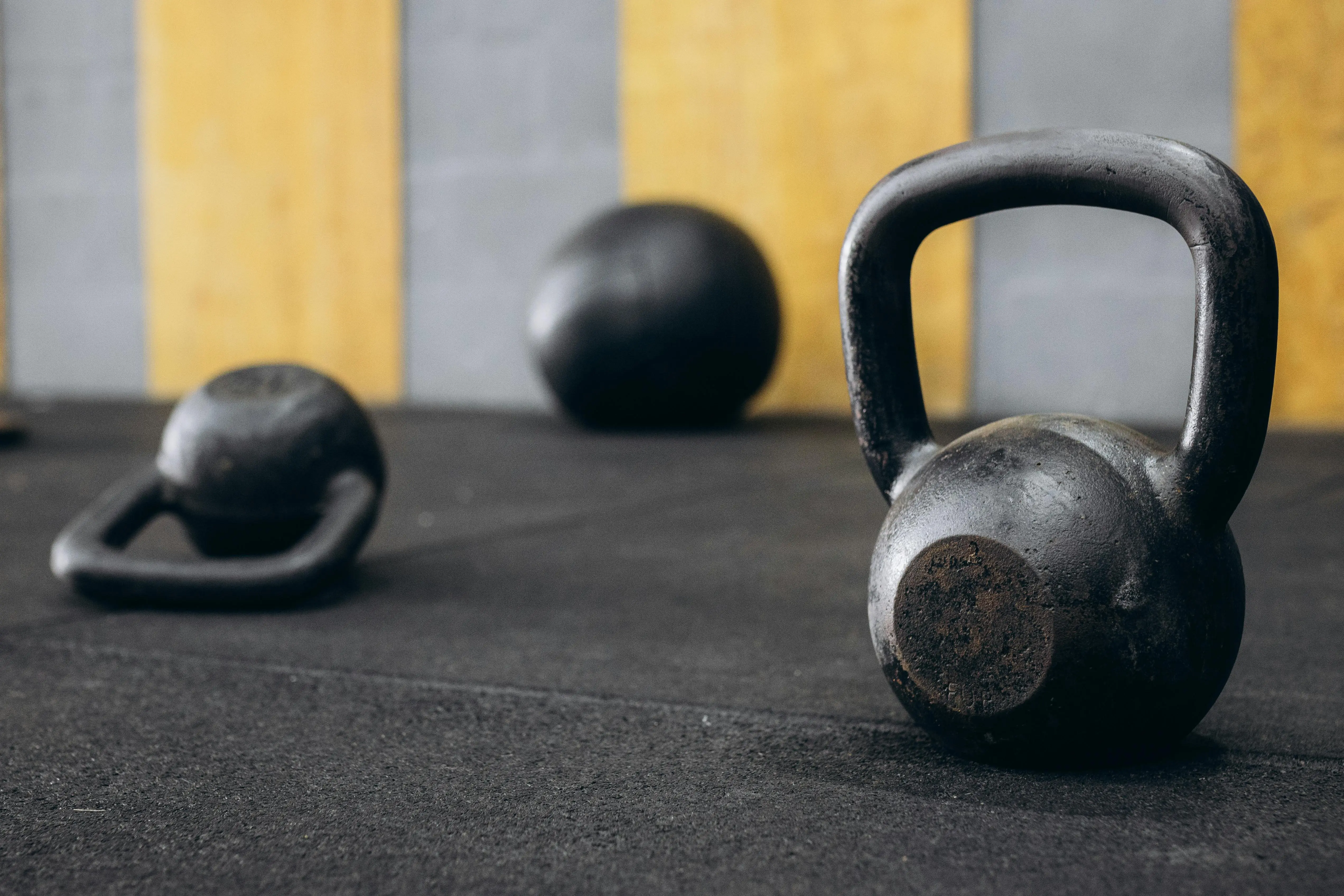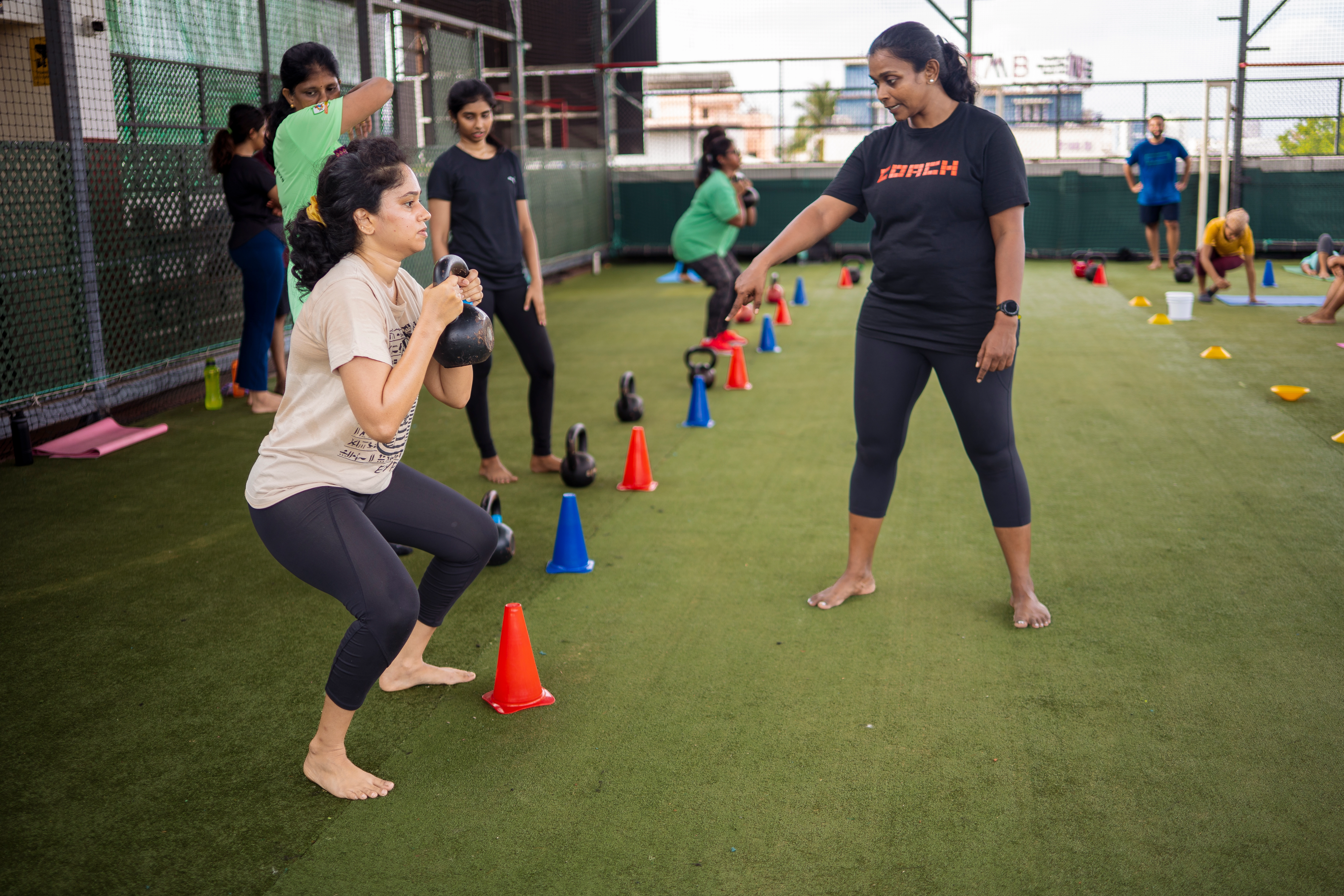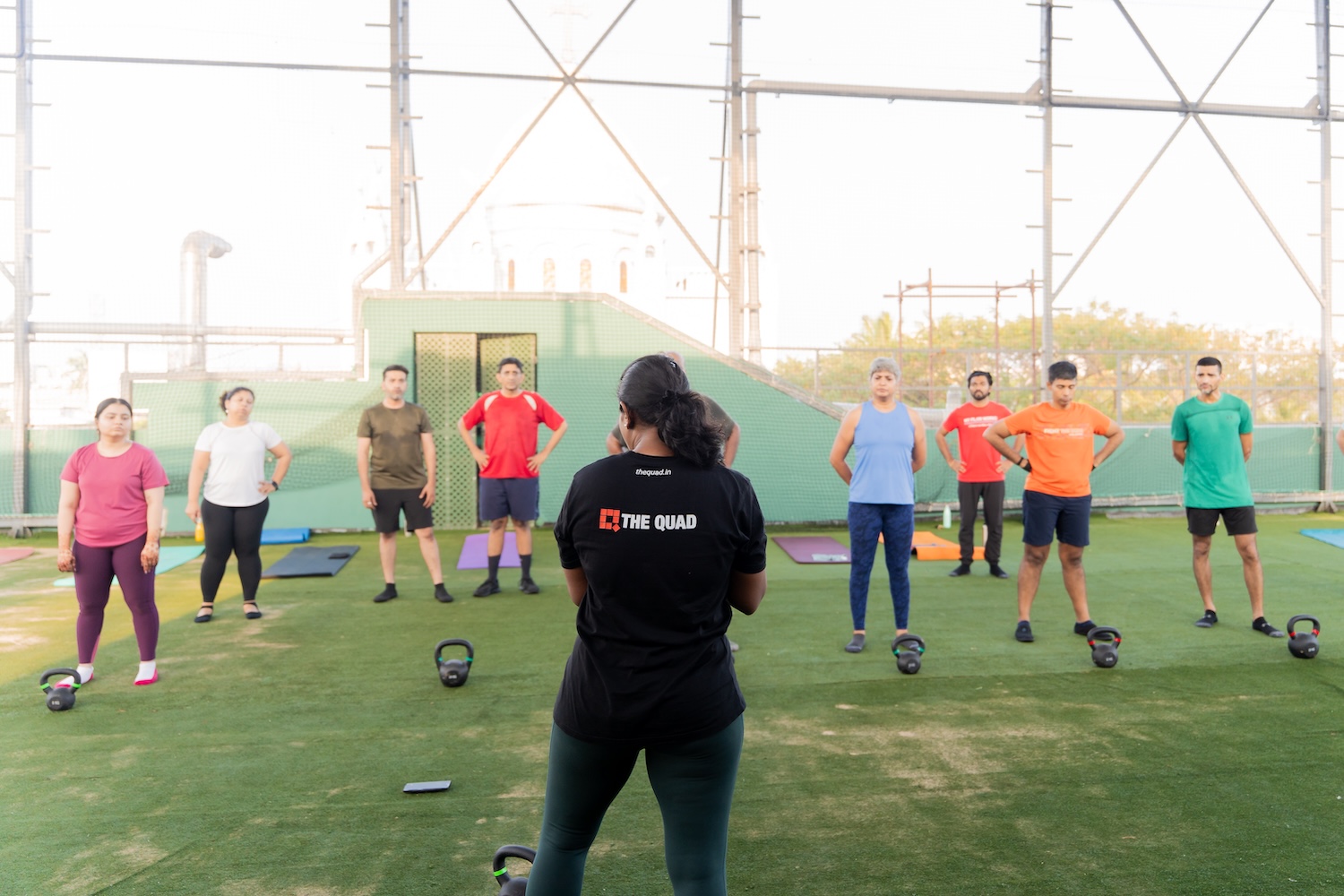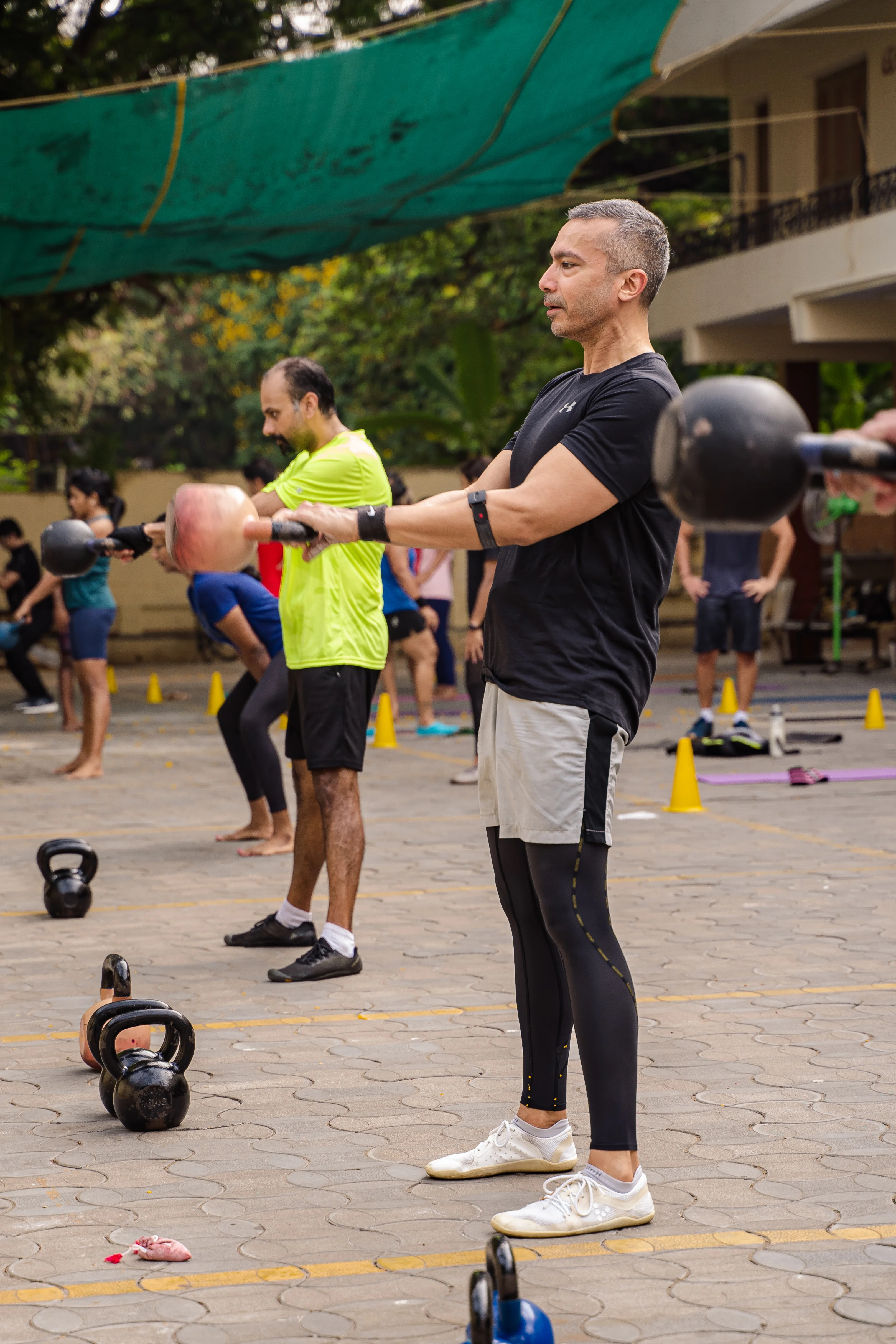Is It Too Late to Get Fit? How to Start Exercising Again Safely After a Long Break
Sep 24, 2025 ∙ 5 mins read

If you've taken months or even years off from working out, restarting can feel overwhelming. Many people worry they've missed their chance or that their body won't bounce back. But here's the good news: it's never too late to get fit.
What matters is how you restart. Jumping into intense training after a long break is like driving a car at full speed after it's been in the garage for years; you'll break down quickly. The more innovative approach is to rebuild gradually and safely.
Why People Take Long Breaks From Fitness (And Why That's Okay)
You're not alone if life gets in the way. In India, most people pause fitness because of:
- Work schedules (long hours, travel, late-night calls).
- Family priorities (kids, parents, weddings, responsibilities).
- Injuries or health issues.
- Loss of motivation.
Life happens, and sometimes, your fitness takes a backseat. What matters is that you're ready to prioritize it again without guilt or unrealistic expectations. Here is a step-by-step guide to get you started again.
Step 1: Reframe Your Mindset
Forget where you "used to be." Your previous weight or physique may not come back overnight. As we age, our metabolism and hormonal health change. Your priority should be to make time for fitness, build consistency, and feel good in your body. Progress may feel slow at first, but with the right approach, your body adapts faster than you think.
Tip: Write down why you want to get fit again (energy, confidence, health, mobility). This becomes your anchor when motivation dips.
Step 2: Rebuild the Basics
After months of inactivity, muscles, joints, and stamina lose their sharpness. Before you chase big goals, focus on foundational movement.
- Mobility: Daily stretches for shoulders, hips, and spine. (For example, you can start your workouts with cat-cow stretches, hip openers, or a few minutes of yoga sun salutations).
- Strength: Start with bodyweight moves like squats, push-ups on knees, glute bridges, and planks. These are great compound exercises that'll help build your strength, prevent injuries, and can be done at any time and anywhere.
- Cardio: Doing 150 minutes of cardio each week helps not only with shedding extra kilos but also directly affects your heart health. You can start with brisk walking, jumping jacks, and cycling for 15 to 20 minutes.
Tip: Avoid rushing into intense gym sessions or marathon runs. Build a solid base first. You can also join a fitness community to stay motivated.
Step 3: Keep Workouts Short and Simple
Your first week back doesn't need one-hour gym marathons. Instead:
- Aim for 20 to 30 minutes, 3 to 4 times a week.
- Combine mobility, strength, and cardio.
- Gradually increase time and intensity every 2 to 3 weeks.
- If you can't work out, then at least aim for 10,000 steps every day.
- Start a sport or hobby that involves movement and something you’d enjoy and look forward to doing every day.
Tip: Start with a 10-minute brisk walk, followed by 10 minutes of bodyweight strength training, and then finish with light stretches.
Step 4: Listen to Your Body
A minor soreness = normal. Sharp pain = red flag. Respect rest days and avoid the "no pain, no gain" trap.
Many Indians return to fitness too hard by joining a group class, lifting heavy weights, or running daily. People who don't listen to their bodies and push themselves too much often end up with shoulder, knee, and back injuries.
Remember, recovery is an integral part of training as muscle growth happens during this time.
Step 5: Focus on Lifestyle, Not Just Workouts
Fitness isn't only about exercise. The way you eat, sleep, and recover makes or breaks your progress.
- Food: Prioritize Indian home-cooked meals such as dal, sabzi, roti, rice, curd, nuts, and fruits. Focus on getting your calories from 50–55% carbohydrates, 10–15% protein, and 20–30% fat.
- Hydration: Drink water, limit excessive chai/coffee or sugary drinks.
- Sleep: 7 to 8 hours at night improves muscle recovery and energy.
These small, daily wins support your workouts and keep you consistent.
Step 6: Get Expert Support
If you've been away for long or have health issues (like diabetes, high BP, or injuries), don't guess, get structured guidance.

In conclusion, fitness after a long break isn't about quick fixes; it's about restarting smart. Accept where you are, rebuild your basics, start small, listen to your body, and support your workouts with good lifestyle habits.
Curious to know how The Quad can help you? Connect with our team (here) and we'll guide you through the process
Connect with our team and we'll guide you through the process!






